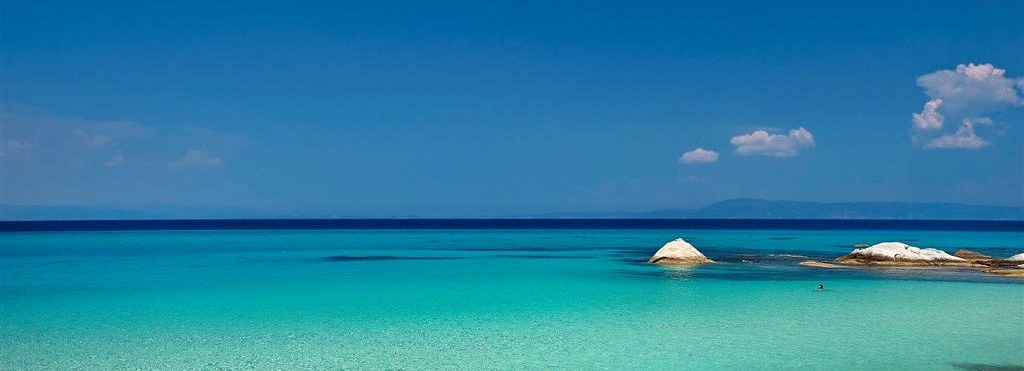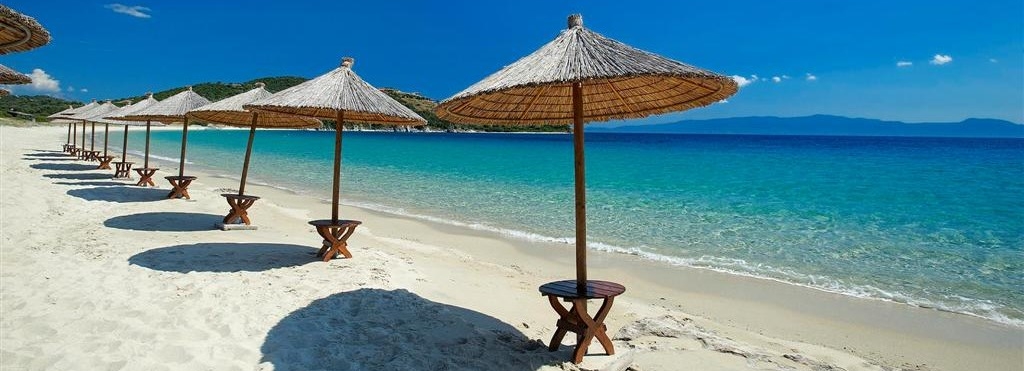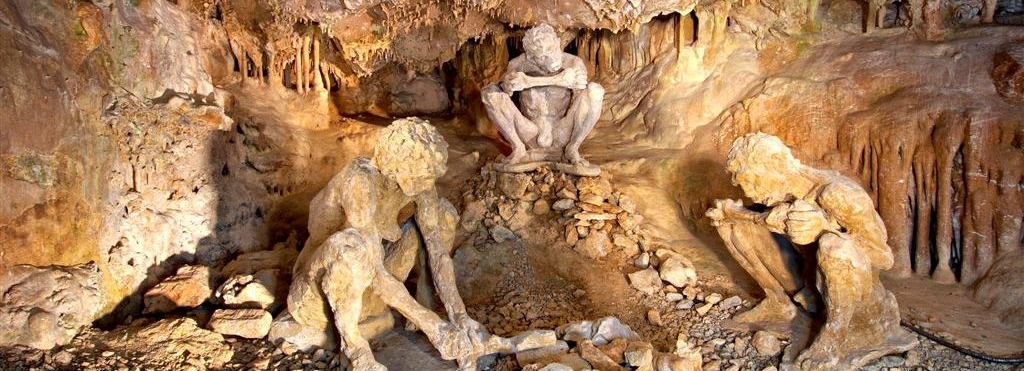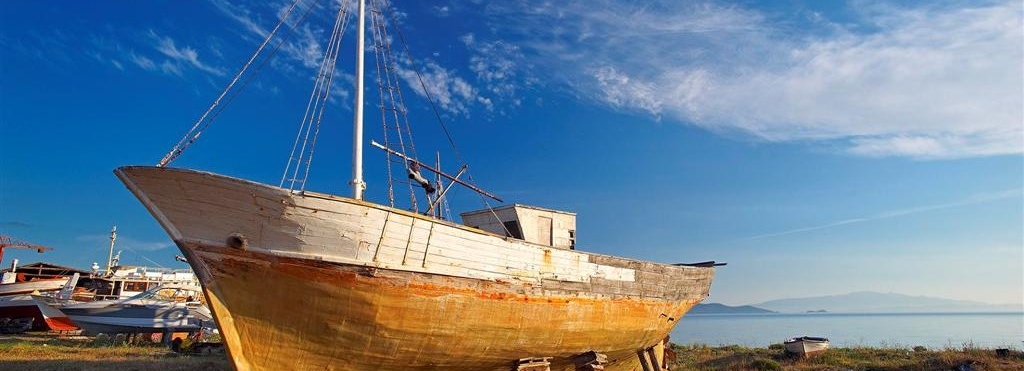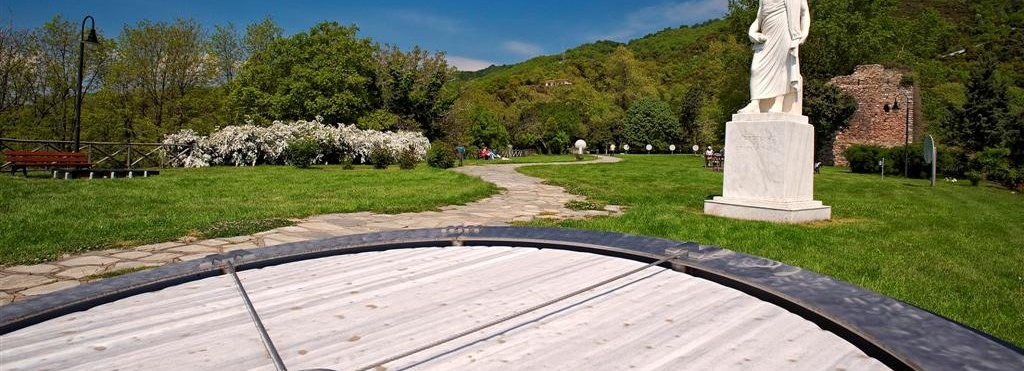Olynthus was an ancient city in Halkidiki, built on a fertile plain at the head of Torone’s Gulf, near the neck of the peninsula of Pallene (today Kassandra), at a distance of 60 stadia (approx. 11.5 km) from Potidaea and 4km from the sea.
History
The area was first settled in the Neolithic Age (5300-4500 BC) and the word “Olynthus” is pre-Hellenic and most possibly means “wild fig”. Tradition has it that it was thus named by Olynthus, one of the sons of the river deity Strymon. Herodotus mentions that the city was colonized by Boetiaeans from Imathia in the seventh century BC.
The area belonged to a Thracian tribe, the Bottiaeans, who ruled it until 479BC, when Persian General Artabazus suspected that they were plotting a revolt against the Great King. Artabazus massacred the people and delivered the city empty to the Chalcidice living nearby. As a member of the Delian League, Olynthus must have been fairly insignificant, since it is cited that its contribution was only 2 Talents, while the neighboring cities of Scione, Mende and Torone contributed 9, 8 and 6 Talents correspondingly.
In 432 it becomes the seat and head of the Chalkidian League, a synoecism encouraged and led by Perdiccas, king of Macedon, which resulted in the coming of several Chalkidaeans moving to the city from neighboring settlements. During the same year it detaches itself completely from the Delian League. It was Brasidas’ base of operations for the 424 campaign. It amasses considerable political strength during the 4th century BC, being the head of the Chalkidian League. Testimonies about this League may be traced back to the time of Nicias (421BC), where we find the members of the League embarking in joint diplomatic efforts while they were also among the members of the Argos alliance. Coins of the League have been found, which were positively dated to 405BC. It, thus, is beyond doubt that the League was established before the end of the 5th century and the motive for its establishment was self-protection against a potential attack by Athens.
After the end of the Peloponnesian War the League developed rapidly. Around 390BC we find the people of Chalkidae entering an important agreement with the King of Macedonia Amyntas III and until 382 many Greek cities west of River Strymonas joined the Chalkidian League, amongst which Pella.
It was in that year (382BC) that Sparta finally gave in to Akanthos and Apollonia’s pleas, which feared that they would be taken over of the Chalkidaeans, and embarked on a campaign against Olynthus. After a futile war that lasted for three years, the Chalkidaeans agreed to disband the League (379). This disbandment was formal, since only two years later with find the League amongst the members of the Athenian Naval League (378-7). Twenty two years later, in the reign of King Philipp in Macedonia, Demosthenes presents Olynthus more mighty than before Sparta’s campaign. The city, it is general acknowledged, was a first class one and the League numbered 32 cities in total.
In the year that finally erupted between Athens and its allies, in 357-55, Olynthus originally sided with Philipp. Later, the Chalkidaeans fearing Philipp’s increase of power, joined forces with Athens but, despite the latter’s efforts, especially by Demosthenes, the city surrendered to Philipp in 348, who destroyed it.
Archaeological information
The classical era city was built according to the Hippodameian System of Town Planning, on an area 600X300 meters with building blocks separated by horizontal and vertical streets. Noteworthy is also the fact that the theatre of the city has not been unearthed. Houses were developed over two floors with an internal atrium. To the south was the market and to the east the homes of the wealthy. Among the villas unearthed were those of Kind Luck, the Actor as well as the Twin Eros. Mosaic floors, vessels, jewelry and clay idols were discovered in them. The first archaeological finding saw the light of day in 1928. The most recent excavations were undertaken in the 90s.
Archaeological Museum of Olynthus
The Archaeological Museum is open on the archaeological site of ancient Olynthus since 1998. The museum aims to illustrate the history of the ancient city and also describe the excavations and the restoration process, purely with multimedia.
